Here’s a guide from the expert Chicagoland roadside assistance and Chicago off-road recovery service team here at Towing Chicago as to the best things to
Read More Category Archives: Long Distance Tow
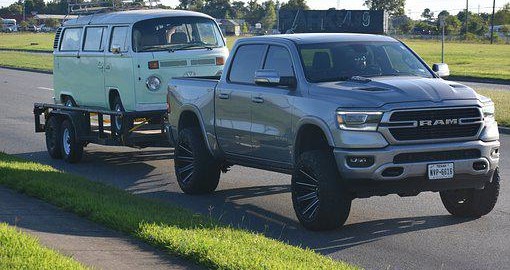
When you’re looking for Chicago area long distance towing service, you should never, ever, skimp on quality. In this blog entry, the professional Chicagoland roadside
Read More 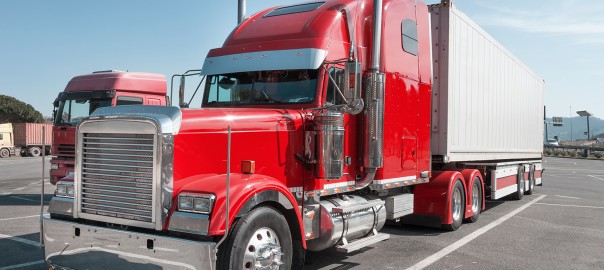
If you own heavy machinery that suddenly breaks down, or requires safe transport, you will require the assistance of a professional towing service like Towing
Read More 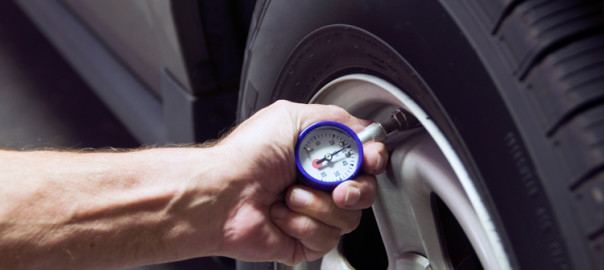
The most common cause of a call to request roadside towing is the incidence of a flat or blown out tire. If this happens to
Read More 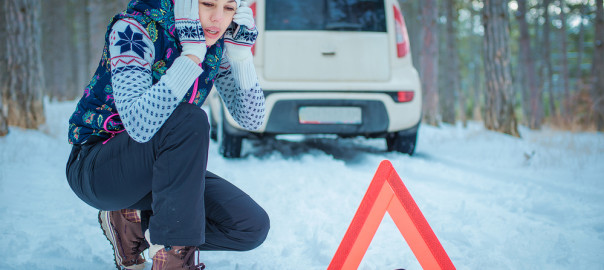
Advance Preparation In the frigid winter weather, Chicago residents often encounter poor to bad driving conditions. Since most drivers never learn defensive driving techniques for
Read More 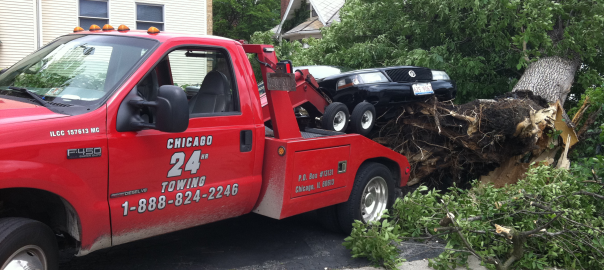
There’s a ton of misinformation out there being hawked by scam towing companies and blogs alike. Here’s a list of the most common towing misconceptions.
Read More 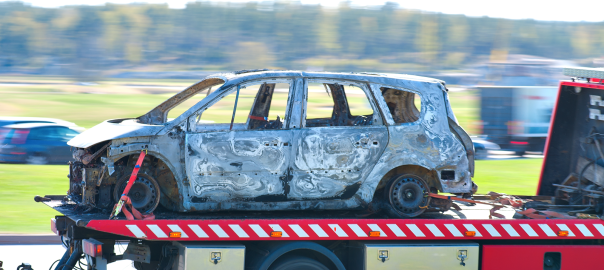
Hitching a trailer to your truck and hauling out all your belongings on the open road sounds exhilarating for many people – but if you’re
Read More 
If you’re planning on traveling through the United States on a road trip, driving without stopping has advantages – you’ll save money on hotels, have
Read More 